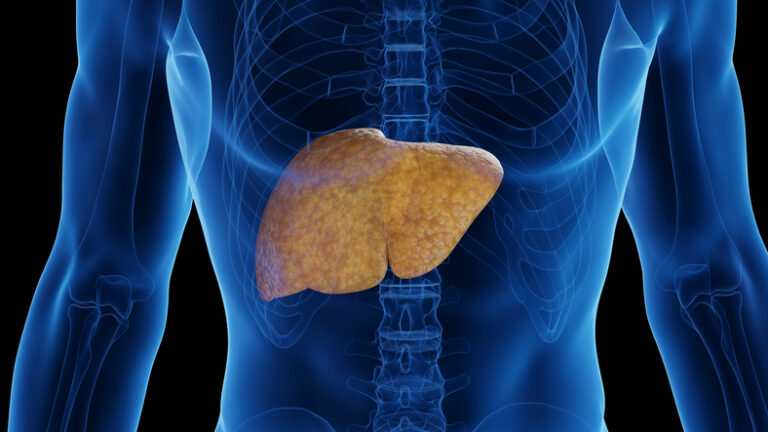The Radiological Society of North America is hosting its annual meeting in Chicago this week, allowing clinicians and tech professionals from all over the world to share ideas and display the latest innovations in the field.
The exhibit hall is populated by hundreds of companies, ranging from small AI startups to massive medtech incumbents. On Monday, I visited one of those medtech giants — Philips — to learn more about the partnerships and technology that the company was showcasing at this year’s show.
Deepened collaboration with AWS
Philips announced that it is expanding its longstanding relationship with AWS. The company originally selected AWS as its cloud partner about seven years ago, and the two have worked closely together ever since, said Shez Partovi, chief innovation and strategy officer at Philips, in an interview.
For example, the partners began an effort last year to build generative AI tools for HealthSuite, Philip’s imaging archiving and communications system.
As the companies deepen their collaboration, they are focusing on moving Philips’ integrated diagnostics portfolio to the cloud, Partovi declared.
“The reason we’re doing that is because that’s what customers want. [Radiology images] are very large images that require very large storage, and their IT departments don’t want to manage this on their premises,” he remarked. “So step one of this partnership is to integrate diagnostics, radiology, pathology and cardiology — and to move to the cloud.”
This effort seeks to unify diagnostic workflows, with the ultimate goal of driving better outcomes across various clinical specialties, Partovi added.
He also pointed out that in order to embed AI into imaging systems, providers need high performance computing capabilities. The integration of radiology AI tools often requires graphics processing units (GPUs), which are processors designed to rapidly perform complex calculations, primarily for rendering images and video.
“It’s very hard to put that on premise. It’s very expensive, and data centers generally don’t want to have GPUs on premise. When you move and integrate the software into the cloud, it unlocks the ability to embed a lot more AI tools — because it uses the power of the computing that is available in the cloud to be able to do all the AI that’s needed,” Partovi said.
BlueSeal MRI machine

At RSNA 2024, Philips unveiled its new BlueSeal MRI system. The 1.5T MRI system operates with much less helium than a typical MRI machine, a feature that could help increase patients’ access to MRI scans, Partovi noted.
Traditional MRI magnets typically require nearly 400 gallons of liquid helium to effectively cool the magnet’s coils and therefore allow them to maintain superconductivity, he pointed out.
“This makes the MR very heavy. That’s why, if you go to a hospital today, most MRs are on the first floor or the basement,” Partovi remarked.
The BlueSeal MRI system requires just 1.8 gallons of liquid helium because of its fully sealed, helium-efficient design that eliminates the need for continuous helium refills, he explained.
He also pointed out that traditional MRI machines require a “quench pipe,” which is a chimney-like fixture meant to safely vent helium gas outside the building in case of a sudden magnet quench.
The BlueSeal machine does not require a quench pipe, nor is it filled with hundreds of gallons of helium, so it’s about 2,000 pounds lighter than a traditional MRI system, Partoci declared. This means Philips’ system can exist on second, third and fourth floors within hospitals, and even in mobile vans, he noted.
The system also now features Philips’ cloud-based image reading technology, which uses AI to integrate imaging and reading on the MR scanner, Partovi added. To help build this technology, the company partnered with digital diagnostics firm icometrix and imaging biomarker specialist Quibim to flag indications for diseases like Alzheimer’s, multiple sclerosis and prostate cancer at the point of care, he stated.
CT 5300 system

Philips’ latest CT scanner made its North American debut at RSNA 2024, equipped with AI tools to aid clinician workflows and decision making. The machine had been deployed by European providers earlier in the year.
The system contains camera-based technology to improve the accuracy of the patient’s positioning, which helps save time for busy technicians, Partovi remarked.
Philips also used iterative reconstruction and AI models to enhance the scanner’s image quality while minimizing the radiation dose required to obtain these images, Partovi pointed out. Philip’s system uses up to 80% less radiation than traditional CT scanners, he declared.
“That means 80% less radiation on the patient, and the images are just as good,” Parvoti said. “That has significance in a bunch of different ways. First of all, radiation to children’s eyes is a critical problem because this can cause cataracts later in life. Two, if you have, God forbid, some disease that requires you to be scanned every six months, that radiation starts to add up. And three, it’s not good for the environment to have so much radiation.”
Photo: Khanisorn Chaokla, Getty Images





